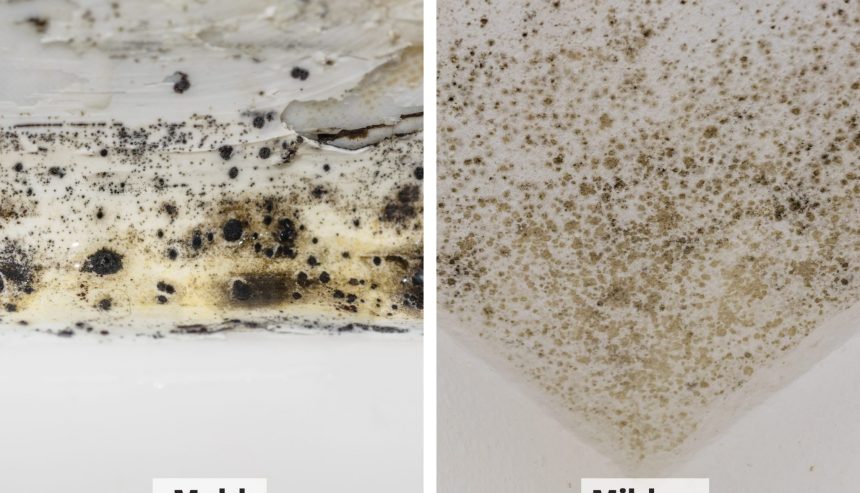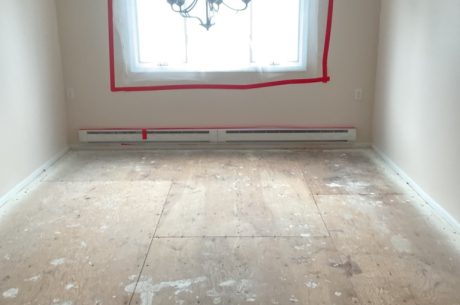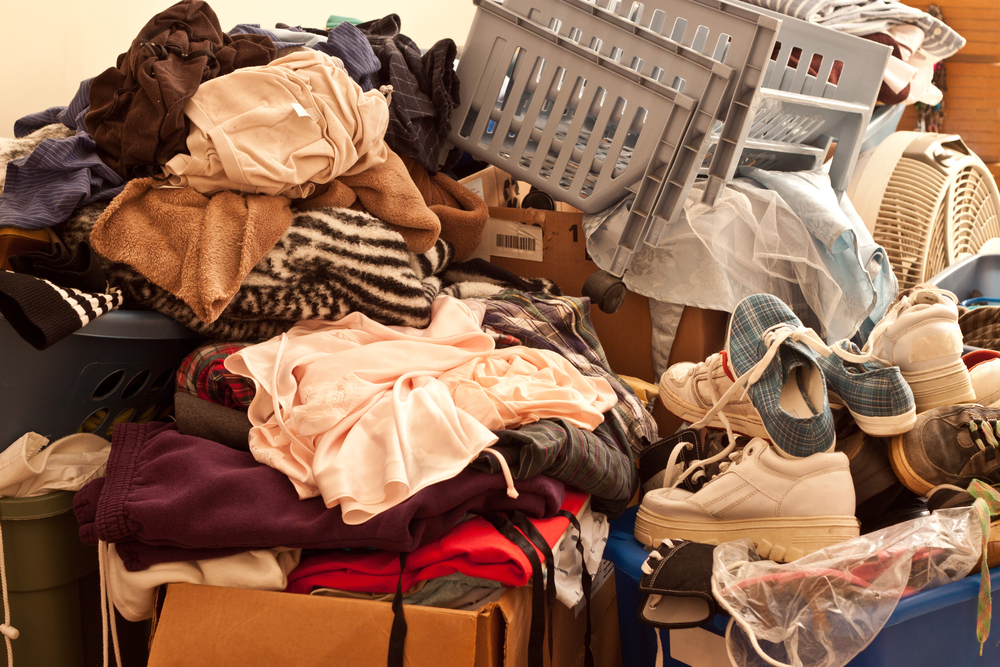Mold vs mildew are two common types of fungi that often appear in our homes, particularly in areas with high humidity or moisture. While they may seem similar at first glance, they have distinct characteristics, growth patterns, and potential health impacts. Understanding the difference between mold and mildew is essential for proper identification and effective removal. In this blog post, we will explore the key differences between mold and mildew, how to spot them in your home, and the best methods to address both issues to ensure a healthy living environment.
Mold vs Mildew: What Are They?
Mold and mildew are both fungi that belong to the larger group of organisms known as microorganisms. They thrive in damp and humid conditions, making bathrooms, kitchens, and basements common areas for their growth. Although they share similarities, they have distinct characteristics that set them apart.
Mold: Mold is a multicellular fungus that appears in a variety of colors, including black, green, blue, and white. It has a fuzzy or slimy texture and grows in irregular patterns. Mold can penetrate surfaces and cause structural damage if left unchecked. Some common types of mold include Aspergillus, Penicillium, and Stachybotrys (black mold).
Mildew: Mildew is a type of mold, but it is typically used to describe mold growth on a flat surface. It appears as a white or gray powdery substance and has a more powdery appearance compared to mold. Mildew is usually less harmful than mold, but it can still cause damage to surfaces and trigger allergies in susceptible individuals.
For Mold Removal Service in New Jersey, Call (877) 750-7876
How to Spot Mold and Mildew
Identifying mold and mildew in your home is essential for appropriate remediation. Both can cause health issues and property damage if left untreated. Here are some key ways to spot mold and mildew:
Visual Appearance:
Mold: Mold often appears as irregularly shaped patches with a fuzzy or slimy texture. It can be various colors, including green, black, or white.
Mildew: Mildew is typically white or gray and has a powdery appearance. It often forms in flat areas and may not spread as extensively as mold.
Smell:
Mold: Mold has a musty and unpleasant odor, which can be quite distinct, especially in areas with significant mold growth.
Mildew: Mildew also has a musty smell, but it is usually less intense than the odor of mold.
Location:
Mold: Mold can grow on various surfaces, including walls, ceilings, wood, carpets, and fabrics. It thrives in areas with persistent moisture, such as leaky pipes, basements, and bathrooms.
Mildew: Mildew is commonly found on flat surfaces like bathroom tiles, shower curtains, and window sills.
Health Implications of Mold and Mildew
Both mold and mildew can have health implications, especially for individuals with allergies, respiratory conditions, or weakened immune systems. The presence of mold and mildew can trigger allergic reactions, including sneezing, coughing, wheezing, and skin irritation. Prolonged exposure to mold can lead to more severe health issues, such as respiratory infections and asthma exacerbation.
How to Address Mold and Mildew
Preventive Measures:
Control Humidity: Use dehumidifiers to maintain indoor humidity levels below 50% to prevent mold and mildew growth.
Ventilation: Ensure proper ventilation in bathrooms, kitchens, and other areas prone to moisture accumulation.
Repair Leaks: Promptly repair any leaks in pipes, roofs, or windows to prevent water intrusion.
Small-Scale Mold Removal: For minor mold issues (less than 10 square feet), you can attempt removal using a mixture of water and mild detergent. Wear protective gear, such as gloves and a mask, and ensure adequate ventilation during the process.
Professional Mold Remediation: For extensive mold growth or if you are unsure about the type of mold present, it is best to seek professional help. Companies like PuroClean have the expertise, equipment, and experience to safely and effectively remove mold from your home.
Mildew Removal:
Mildew can often be removed using simple household cleaners, such as a mixture of water and vinegar or a mild detergent. Scrub the affected area with a brush and rinse thoroughly.
Black Mold vs Mildew
The terms “black mold” and “mildew” often cause confusion because both are types of fungi that grow in similar environments, but they have distinct differences in terms of their appearance, health impacts, and typical environments. Here’s a detailed comparison:
Black Mold
Appearance: Black mold, particularly the species Stachybotrys chartarum, is typically black or dark green. It has a slimy texture when wet and can appear as dark, irregular patches.
Health Impacts: Black mold is notorious for its potential health risks. Exposure to black mold spores can lead to respiratory issues, allergic reactions, and in severe cases, mycotoxicosis (mold poisoning). Symptoms include coughing, sneezing, eye irritation, and chronic fatigue. Prolonged exposure can exacerbate asthma and other respiratory conditions.
Typical Environments: Black mold thrives in areas with high humidity and constant moisture. It is often found in places that have experienced water damage, such as behind wallpaper, under carpets, and in ceilings and walls where leaks have occurred.
Growth Requirements: It requires cellulose-rich materials, such as wood, paper, and drywall, as well as significant moisture to grow. It grows slowly compared to other molds.
Mildew
Appearance: Mildew usually appears as a powdery or fluffy white, gray, or yellowish growth. It is often seen as a thin layer on surfaces and can turn black or brown over time if not removed.
Health Impacts: While mildew can cause health issues, they are generally less severe compared to black mold. Exposure can lead to respiratory problems, coughing, headaches, and throat irritation. However, it is less likely to produce the toxic effects associated with black mold.
Typical Environments: Mildew commonly grows on damp surfaces in places with poor ventilation, such as bathroom tiles, shower curtains, and window sills. It prefers flat, moist areas and is often associated with high humidity environments like bathrooms and basements.
Growth Requirements: Mildew thrives in moist, warm, and poorly ventilated areas. Unlike black mold, it does not need as much organic material to grow and can appear on non-organic surfaces like tile and glass.
Key Differences Between Black Mold & Mildew
Color and Texture: Black mold is dark (black or green) and slimy, whereas mildew is lighter (white, gray, or yellow) and powdery or fluffy.
Health Risks: Black mold poses more significant health risks due to the potential release of mycotoxins, whereas mildew’s health effects are generally milder.
Growth Environment: Black mold requires more moisture and grows on materials like wood and drywall, while mildew can grow on a wider range of surfaces with less moisture.
The Importance of Professional Mold Remediation
While mildew removal can be handled with household cleaners, mold remediation requires a more thorough and professional approach. Mold can hide in hard-to-reach areas and penetrate porous surfaces, making complete removal challenging for untrained individuals. Professional mold remediation companies like PuroClean use advanced techniques, equipment, and protective gear to ensure the safe and effective removal of mold from your home. Their certified technicians follow strict protocols to contain the mold, prevent cross-contamination, and restore your indoor air quality to a safe level.
In conclusion, mold and mildew may appear similar, but they have distinct characteristics and growth patterns. It is essential to spot and address mold and mildew in your home promptly to prevent health issues and property damage. Understanding the differences between mold and mildew can help you take the appropriate action for removal and prevention.
When faced with mold or mildew issues beyond your capacity to handle, it is crucial to seek professional assistance. PuroClean Emergency Recovery Service New Jersey is a trusted and reliable partner for all your mold and mildew remediation needs. Their certified technicians possess the expertise and experience to effectively identify and remove mold, ensuring a safe and healthy living environment for you and your family.
Call Us for Expert Mold Removal in New Jersey – (877) 750-7876
By entrusting PuroClean Emergency Recovery Service New Jersey with the task of mold and mildew removal, you can rest assured that the issue will be addressed promptly and professionally. They utilize advanced techniques and industry-approved equipment to tackle even the most challenging mold infestations. Additionally, PuroClean’s commitment to customer satisfaction and compassionate support ensures a seamless and stress-free restoration process.
Don’t compromise on the health and safety of your home and loved ones. When dealing with mold or mildew, make the right choice by choosing PuroClean Emergency Recovery Service New Jersey as your partner in ensuring a mold-free and healthy living space. With their expertise and dedication, you can confidently address any mold or mildew issue and enjoy peace of mind in your restored and safe environment.
Our team has the knowledge and tools to make your home mold-free. Don’t put off your mold concerns any longer. Get in touch with us today at (877) 750-7876 and start enjoying a cleaner, fresher, and healthier living space!




 PuroClean Emergency Recovery Services
PuroClean Emergency Recovery Services